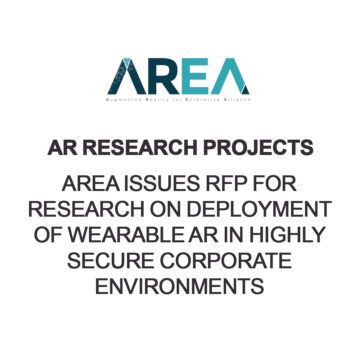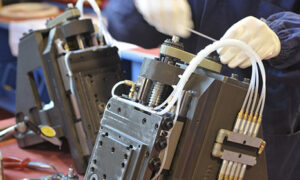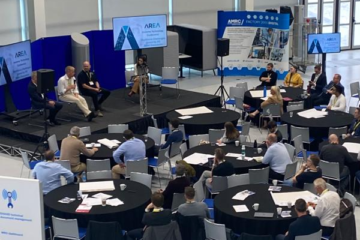Each day, millions of men and women in industrial organizations throughout the world spend over 30% of their workday on non-productive time (NPT) activities[i]. They are not idly wasting time, rather they are actively trying to find the right information, waiting for guidance, or attempting to coordinate with other work teams. While this condition exists throughout companies and across industries, it is particularly endemic within technical maintenance and operations activities. Compounding the situation is that once these workers have the information they need, they are still likely to do the job incorrectly 25% of the time[ii]. This elevated human error rate (HER) results in costly rework as well as increased potential of catastrophic equipment failure and human injury.
The causes of high NPT and HER on the industrial frontline can be as varied as the companies that experience the problem. In most organizations, data is trapped in silos and contextual relevance across functional domains and activities is often lost. Information technology systems remain disconnected from operational technology systems which keeps critical insights from reaching workers on the last tactical mile. And despite massive corporate investment in data capture and analytics, the application of that information remains constrained to headquarters operations – enterprise efficiency and production optimization, and capital equipment investment planning. Frontline workers rarely have access to information that may be relevant to their own decision-making and activities.
Exacerbating the obstacles outlined above is a fundamental structural issue that continues to impact companies – a workforce skills gap. The adoption of new technologies and shifts in demographics have been radically transforming the way that organizations conduct business and the type of skills needed in their workforces. Accelerating workforce retirement and an overly long time to proficiency when onboarding new staff is resulting in the loss of tacit expert knowledge and a lack of skilled personnel. This skills gap worsens NPT and HER as smaller teams of more inexperienced workers must maintain, repair, and operate increasingly complex equipment with less knowledge and fewer resources available to them.
The Madison Insight Engine, recently launched by AREA member Contextere, is the first solution to combine data extraction, machine learning, and natural language understanding to provide insights and decision support to frontline technical workers maintaining, repairing, operating, and manufacturing complex equipment. This capability enables industrial workers to get the job done right the first time, develop their knowledge and skills on the job, and improve their productivity and safety.
In recognizing Contextere in its 2020 Cool Vendors for the Digital Workplace report[iii], Gartner noted that analytics and insights engines “typically focus on the needs of desk-based workers in large organizations,” whereas the Madison Insight Engine is unique in that it “uses context alone to proactively deliver all of the relevant information needed to complete a task” regardless of user location or domain.
Madison applies machine learning together with conversational natural language processing to deliver curated guidance proactively and predictively to a technician or analyst in an industrial setting based on their evolving local real-time context. The focus of Madison algorithms is to determine and deliver just the right piece of information – a reductionist approach to curating the vast amount of available enterprise data.
Industrial organizations across the globe are seeking to address productivity issues and a widening skills gap in their frontline workforces. By providing critical information proactively, when and where it is needed, the Madison Insight Engine enables each industrial worker to continuously grow their knowledge and competency on the job, perform their tasks safely, and be their productive best. In turn, companies receive the benefit of effective workforce development, maximum equipment uptime, and optimal human-machine performance. To learn more and see a demonstration of Madison, go here.
[i] Slaughter, A, Bean, G., & Mittal, A. (2015, August 14). Connected barrels: Transforming oil and gas strategies with the Internet of Things. Retrieved from http://dupress.com/articles/ internet-of-things-iot-in-oil-and-gas-industry/
[ii] Lyden, S. (2015). First-Time Fix Rate: Top 5 Field Service Power Metrics. Retrieved from https://www.servicemax.com/uk/fsd/2015/04/13/first-time-fix-rate-field-service-metrics-that-matter/
- AR Blog
- AR/VR
- blockchain
- blockchain conference ar
- blockchain conference vr
- coingenius
- crypto conference ar
- crypto conference vr
- extended reality
- Metaverse
- mixed reality
- Oculus
- oculus games
- oppo
- plato
- plato ai
- Plato Data Intelligence
- PlatoData
- platogaming
- robot learning
- telemedicine
- telemedicine companies
- The Area
- Virtual reality
- virtual reality game
- virtual reality games
- vr
- zephyrnet











